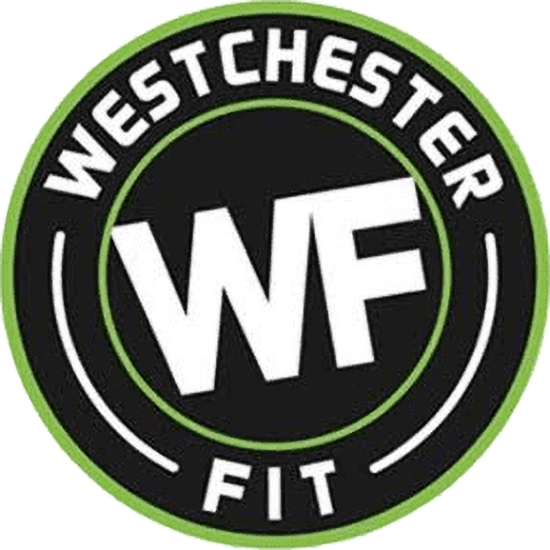As we discussed last week in the 5 Pillars of Health – https://westchesterfit.com/blogs/5-pillars-to-build-optimal-health/ – consistent exercise was at the top of the list due to the waterfall effect it has. When we exercise we generally tend to be more aware of our food choices as well as the amount of sleep, rest, and recovery we are getting. All of these cascade into a better sense of general wellbeing.
In fact, recent research has shown that of all interventions, consistent exercise has the most profound effect on all cause mortality. If you go from zero exercise to 3 hours per week you reduce all cause mortality by 50%. That statistic is absolutely mind boggling.
When we view exercise in terms of improving your lifespan as well as healthspan (how independent you are as you age) there are a few components we need to take into consideration: strength, stability, aerobic endurance, and anaerobic threshold.
Strength
Strength can be defined as the quality or state of being physically strong. Many factors go into this definition. The ability to move external loads as well as the ability to resist the forces of gravity as we age. One of the absolute best ways to build overall strength is to move your body regularly and allocate at least 90 minutes per week to resistance training. This could be in the form of weights (barbells, kettlebells, dumbbells, sandbags etc) or using your own bodyweight (pull-ups, push-ups, squats, lunges). This is especially important as we age. Muscles become weaker and more stiff, and the joints become less pliable. Exercise and quality movement help to preserve our function as we age and allow us to thrive into our later years.
Stability
Stability is another area in the fitness continuum that we must pay close attention to. Stability is the quality or state of being stable, the strength to stand or endure. Strength and stability go hand and hand, but part of the reason stability is especially important as we age is because of the loss of function we see in our older population: slip and falls, the ability to get up on one’s own, standing without support etc. Stability is closely tied to balance and mobility which are other areas that we MUST focus on as we age.
Aerobic Endurance
Aerobic endurance and the movement of blood throughout the circulatory system is one of the most studied areas in fitness right now. Aerobic endurance is specifically defined as one’s ability to exercise at moderate intensity for long periods of time. In recent years the research done specifically on heart rate training zones, specifically zone 2, and its effects on longevity are massive. Zone 2 cardio strengthens the heart and lungs. As the heart gets stronger, stroke volume increases, which means that the heart is able to pump more blood—and thus oxygen—out to the body every time it beats. Z2 training also increases mitochondrial efficiency, decreases blood pressure and improves insulin sensitivity to name a few (can someone hear me yelling why slower pacing on the 500m row repeats is so important…Z2 baby).
Anaerobic Endurance
Anaerobic exercise is similar to aerobic exercise but uses a completely different form of energy. Anaerobic exercises include CrossFit style training, HIIT workouts, weight training and more.This type of exercise offers many health benefits: increased muscle power and strength, improved muscle endurance as well as maximizing short term energy availability in muscles.
All of the above 4 categories must be touched on in order to improve your overall physical fitness and work towards longevity. If I had to rank these in my own personal order of importance as we age I’d say strength, aerobic endurance, stability, anaerobic endurance in that order of importance. I believe the single most beneficial thing you can do for your long term health is weight training. To keep it very simple, if I wanted to take a client from point A to B in the shortest amount of time with exercise only I’d recommend 3 days per week of specific one on one training to focus on strength and stability with subtle touch on HIIT style training, and I’d recommend the vast majority of the Z2 type training coming from hiking or walking at a brisk pace i.e. daily step goal.
Fitness is not complicated, the fitness industry has just tried to make it look as such. More sweat and heart pounding workouts are advertised as the best of the best, which in some cases is true, and for others it might not be. The awesome thing is if you’re a member at Westchester Fit, we generally tend to focus on all of these aspects during a typical training week.
If you want to dive into any topics further, or have a coach provide a free assessment as to what the best course of action might be for you to improve your health span, please do not hesitate to reach out.
– Coach Chris
